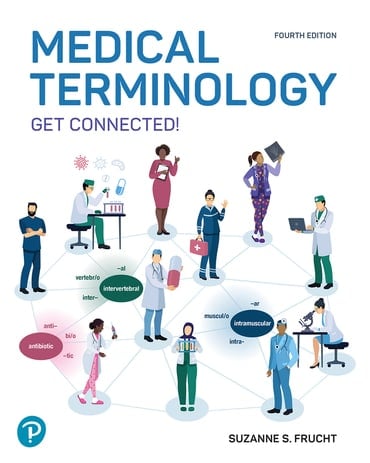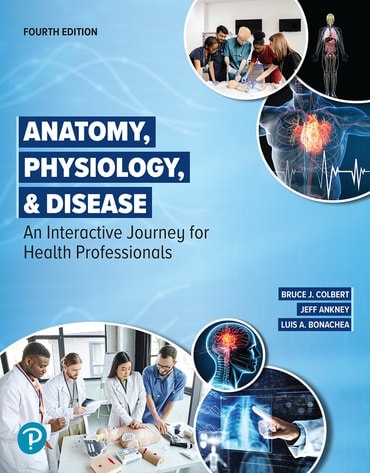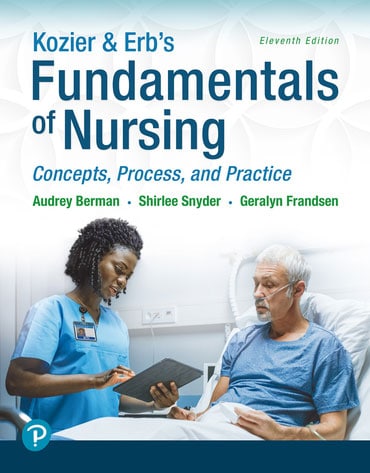Join the Pearson Health Professions team to explore the latest addition to MyLab Health Professions—interactive Electronic Health Record (EHR) simulations. These activities are designed to prepare students for real-world workflows.
Health Sciences
Practical digital solutions for future health professionals
Course-specific resources by discipline

MyLab for the health sciences
MyLab® Nursing, Health Professions and Medical Terminology empower you to reach every student using trusted author content, interactive resources and mobile-friendly eTextbooks to deliver a personalized learning experience.

AI-Powered Study Tool
Our AI-powered study tool transforms mistakes into teachable moments, helping students build confidence and study smarter.

Pearson+
Empower students to choose how they learn best with easy-to-use eTextbooks and study tools, available in Pearson+.






Explore titles for nursing and health professions.
Learn about the new Comprehensive Medical Assisting edition in MyLab Health Professions, featuring adaptive learning, simulations and practice exams to enhance career readiness in healthcare.
Join us to hear the authors of Clinical Nursing Skills: Practice for Mastery reveal exciting ways to use technology in your nursing skills courses. Laura Gonzalez and Michelle Aebersold will discuss how to promote competency with digital courseware and weigh in on the benefits of technology in nursing skills education. In this interview-style session one of Pearson’s commercial product managers, John Goucher will unpack with the authors in detail how MyLab Nursing promotes mastery over memorization. Whether you teach in a concept-based or traditional curriculum, Clinical Nursing Skills can help you train nursing professionals with the skills required across the healthcare continuum.






